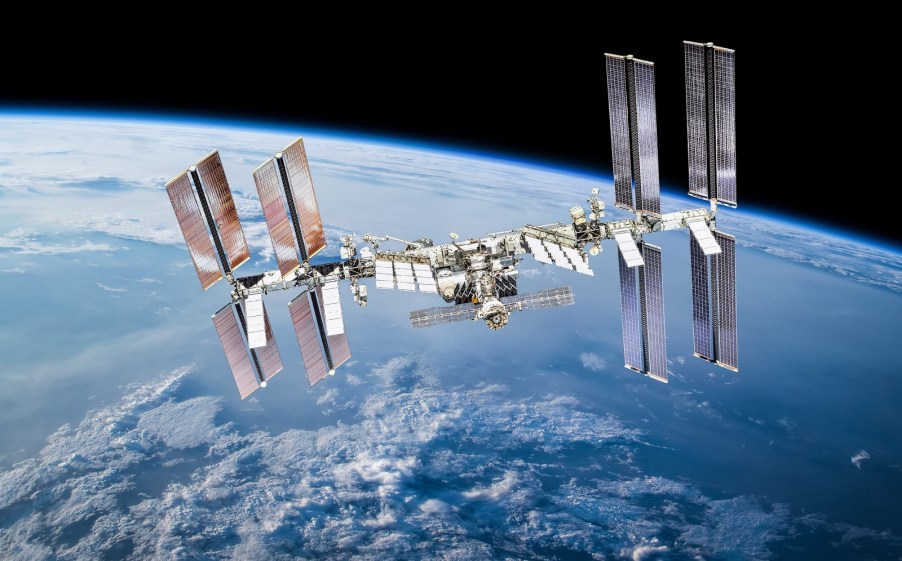
SpaceX to Deorbit the International Space Station in 2030, Give or Take
Yesterday, NASA announced it officially greenlit SpaceX to create a vehicle designed to safely guide the International Space Station (ISS) into Earth’s atmosphere at the end of its operational life in 2030. According to NASA, the new vehicle, known as the U.S. Deorbit Vehicle, will help decommission the ISS without posing risks to populated areas.
The ISS is a large research facility roughly the size of a football field. Continuously occupied for about 24 years, it serves as a major hub for scientific cooperation. Partners include the U.S., Canada, Japan, the European Space Agency, and Russia. However, its aging components now spur NASA and partners to plan for its retirement.
Elon Musk’s SpaceX is already regularly present at the ISS. Currently, its Crew Dragon docks at the station along with a Russian craft and Boeing’s Starliner. Two American Starliner astronauts stranded at the ISS since early June experienced mechanical issues during the trip to the station. They remain onboard the ISS until NASA and Boeing leadership figure out a safe departure plan.
NASA just granted SpaceX an $843 million budget to complete the project. Still, NASA will take charge of the vehicle and oversee the deorbiting process. The ISS and the U.S. Deorbit Vehicle should totally break apart during reentry.
While the U.S., Japan, Canada, and the European Space Agency countries have pledged to support the ISS until 2030, Russia committed to staying on until at least 2028, citing it expects its hardware to last until then.
The current partnership hinges on technical interdependence: Russian thrusters maintain the ISS’s altitude, and U.S. solar arrays provide its power.
Initially, Russian thrusters were supposed to manage the ISS’s descent at the end of its mission. However, due to deteriorating relations with Russia, NASA seeks to develop its own deorbiting capabilities. This shift has gained urgency as the White House and other government entities pressure NASA to ensure a backup plan is in place.
Looking beyond 2030, NASA is investing in the early stages of privately built space stations. It aims to maintain a U.S. presence in low-Earth orbit. Companies like Airbus and Jeff Bezos’ Blue Origin are involved in these efforts. It seems U.S. officials believe that a commercial replacement for the ISS is vital to compete with China’s newer space station.
In addition to the ISS project, NASA and China are both working to return humans to the moon. NASA is pouring billions into this goal, partnering with various countries and companies, including SpaceX. No human has visited the moon since 1972. NASA targets September 2026 to land near the lunar South Pole. Its Artemis project has a $7.8 billion budget.
Sources: NASA, Reuters



